Gretchen Alterowitz
Gretchen is a member of AGA Collaborative with Amanda Hamp (Assistant Professor, University of New Mexico) and Alison Bory (Associate Professor, Davidson College.) AGA Collaborative is a research and performance platform committed to the rigorous exploration of collaboration. Our collaborative prioritizes process — of dancemaking, of research — and de-centers authorship in favor of a focus on relationships. We approach choreography as practice-based research — investigations into the experience of being, what the language of the body can communicate, and how bodies on stage can speak to the world.
Each of our projects responds to thematic concerns or areas of interest. Current research questions we are considering include: How do ethics shape our collaborative process? How do ideas of accomplishment and productivity structure our lives? How can we use our platform to make room for more voices?
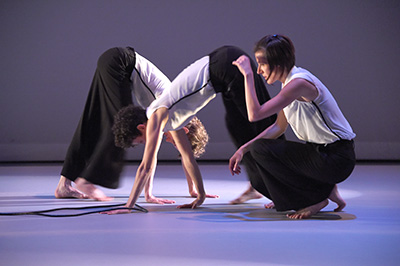
Recent writing projects have included an article on our collaborative methods, published in the journal Choreographic Practices (2018), and an article addressing how our collaboration challenges the myth of the sole genius, forthcoming from the journal Performing Ethos: International Journal of Ethics in Theatre and Performance. In our choreography, we are dedicated to investigating different ways of thinking about and viewing dancing bodies on stage. Prioritizing intimacy and connection over experiences of diversion or spectacle, we aim to create compositions that allow for audience reflection and reflexivity. We approach the stage as a multidimensional space and a site for community building — amongst ourselves and with everyone in the room.
To learn more about our work and view videos and images, please visit our website: www.agacollaborative.org.
E.E. Balcos 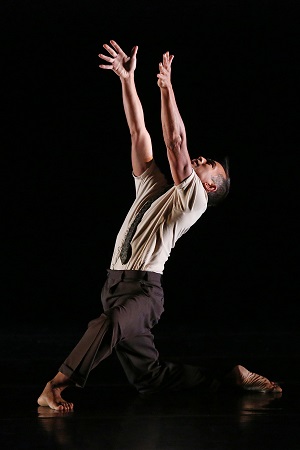
Balcos actively pursues investigations in somatic movement education as it applies to all areas of movement exploration, expression, and holistic living. Somatic movement education focuses on the active awareness of human life processes, the intelligence of the body, and its ability to learn, and re-pattern compensations and mis-alignments. This promotes efficient moving both in dance and with day-to-day functional movement and holisitic embodied living and being. With dance, exploration will begin with awareness of breath, proprioception and kinesthesia. Along with this research, Balcos is active in exploring continued investigations in choreography and dance performance. His collaborations with composers and musicians create interdisciplinary performances including new choreography, improvisation, and contact improvisation.
Karen Hubbard
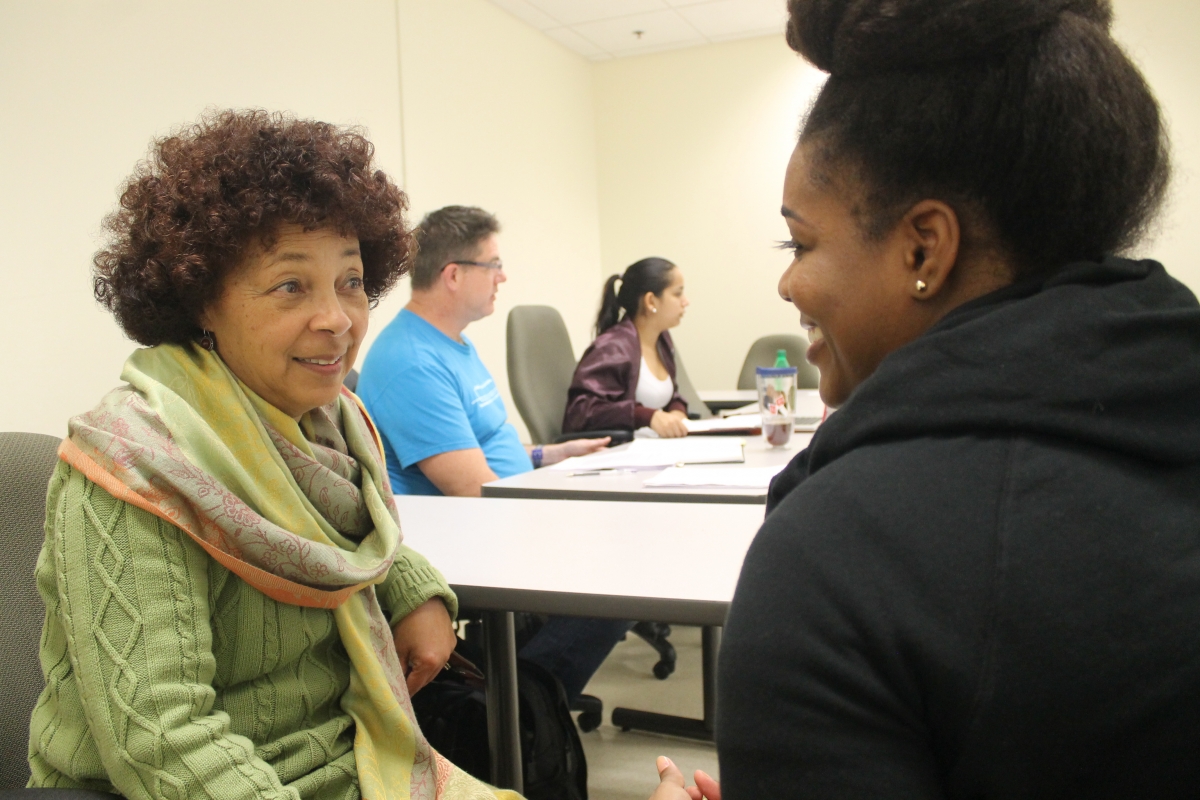
Hubbard’s scholarly investigation, Four Uncle Toms and The Small House: Searching for Uncle Tom, attempts to answer the questions: How did a dance interpretation of Uncle Tom’s Cabin (1862) appear in The King and I? the 1951 Broadway musical set in Siam during 1862. This research brings to light important, yet often missed and sometimes even ignored, connections between major artists in dance, literature, music, art and theatre.
Hubbard has evolved a unique approach to teaching jazz through her research in US vernacular dance from the first half of the 20th century, also known as authentic jazz dance. This curriculum deals with the physical, cultural, historical and aesthetic aspects of jazz dance.
Kim Jones
During 2016-17, Associate Professor Kim Jones and the UNC Charlotte Department of Dance investigated the work of celebrated choreographer Paul Taylor.
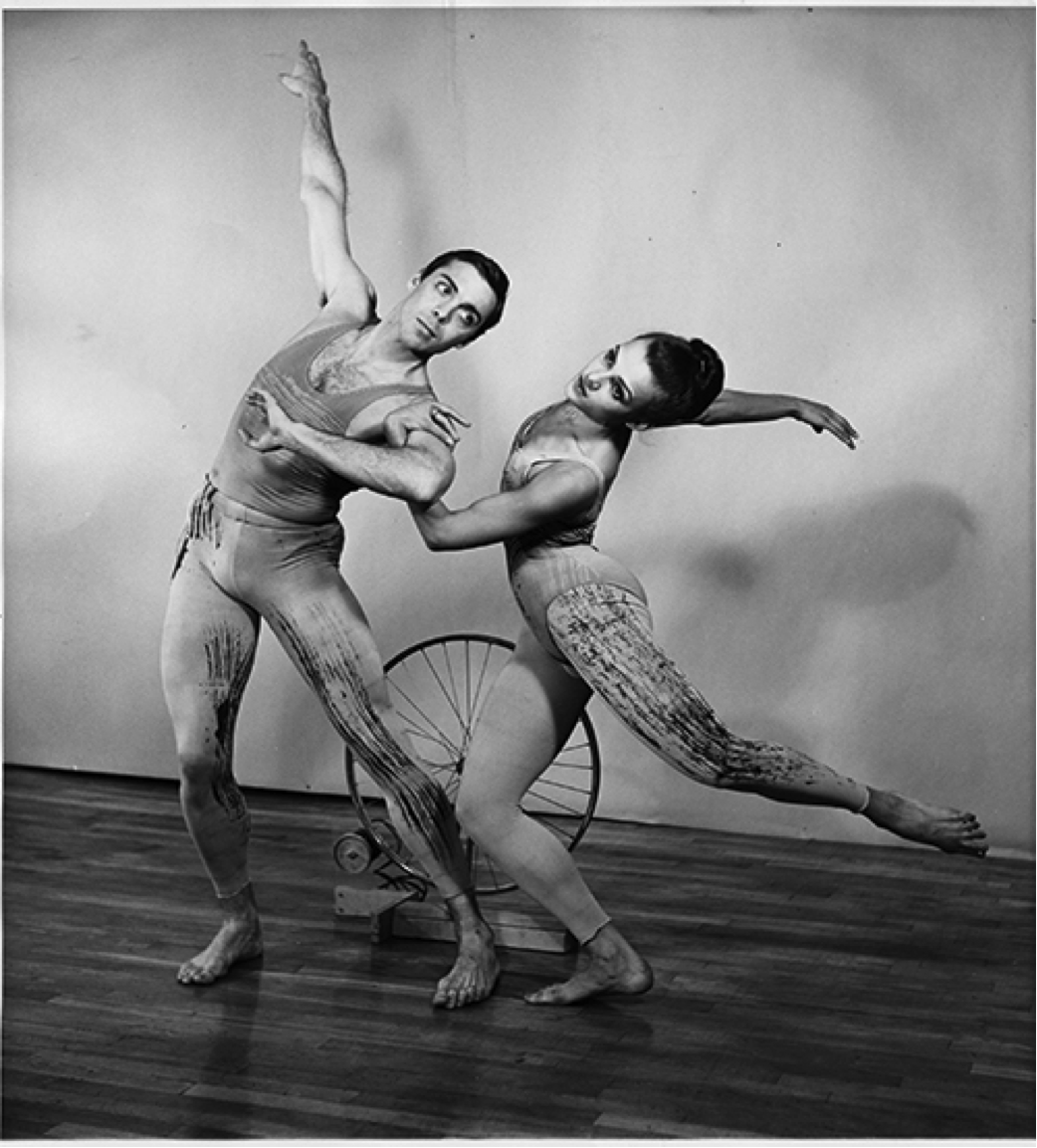
Renowned modern dance choreographer Paul Taylor gave Jones the unique opportunity to reconstruct a seminal early work not performed or seen in more than 50 years. Tracer, choreographed by Taylor in 1962 with set and costumes by the artist Robert Rauschenberg, does not benefit from the existence of video or audio rehearsal or performance records. Jones completed her scholarly reconstruction in September 2016 during a three-week residency at UNC Charlotte with the Taylor 2 Dance Company. During the residency, Jones, in close consultation with former Taylor dancers Liz Walton, Tom Patrick, and Ruth Andrien (Taylor 2 Rehearsal Director), set Tracer on the Taylor 2 dancers, working also with UNC Charlotte dance students, who learned the work for performance demonstrations. The Taylor 2 Dance Company premiered the reconstructed Tracer, with a new Rauschenberg-inspired sculpture by artist Jeff Crawford, in a performance at UNC Charlotte on September 30, 2016.
UNC Charlotte Dance received a 2016 Art Works grant from the National Endowment for the Arts (NEA) to support this work. The Art Works category supports the creation of work and presentation of both new and existing work, lifelong learning in the arts, and public engagement with the arts through 13 arts disciplines or fields. UNC Charlotte was one of 12 grant recipients in North Carolina and the state's only grant recipient in the "dance" category. “The arts are all around us, enhancing our lives in ways both subtle and obvious, expected and unexpected,” said NEA Chairman Jane Chu. “Supporting projects like the one from UNC Charlotte Department of Dance offers more opportunities to engage in the arts every day.” The New York Times Review of Kim Jones reconstruction work.
Delia Neil
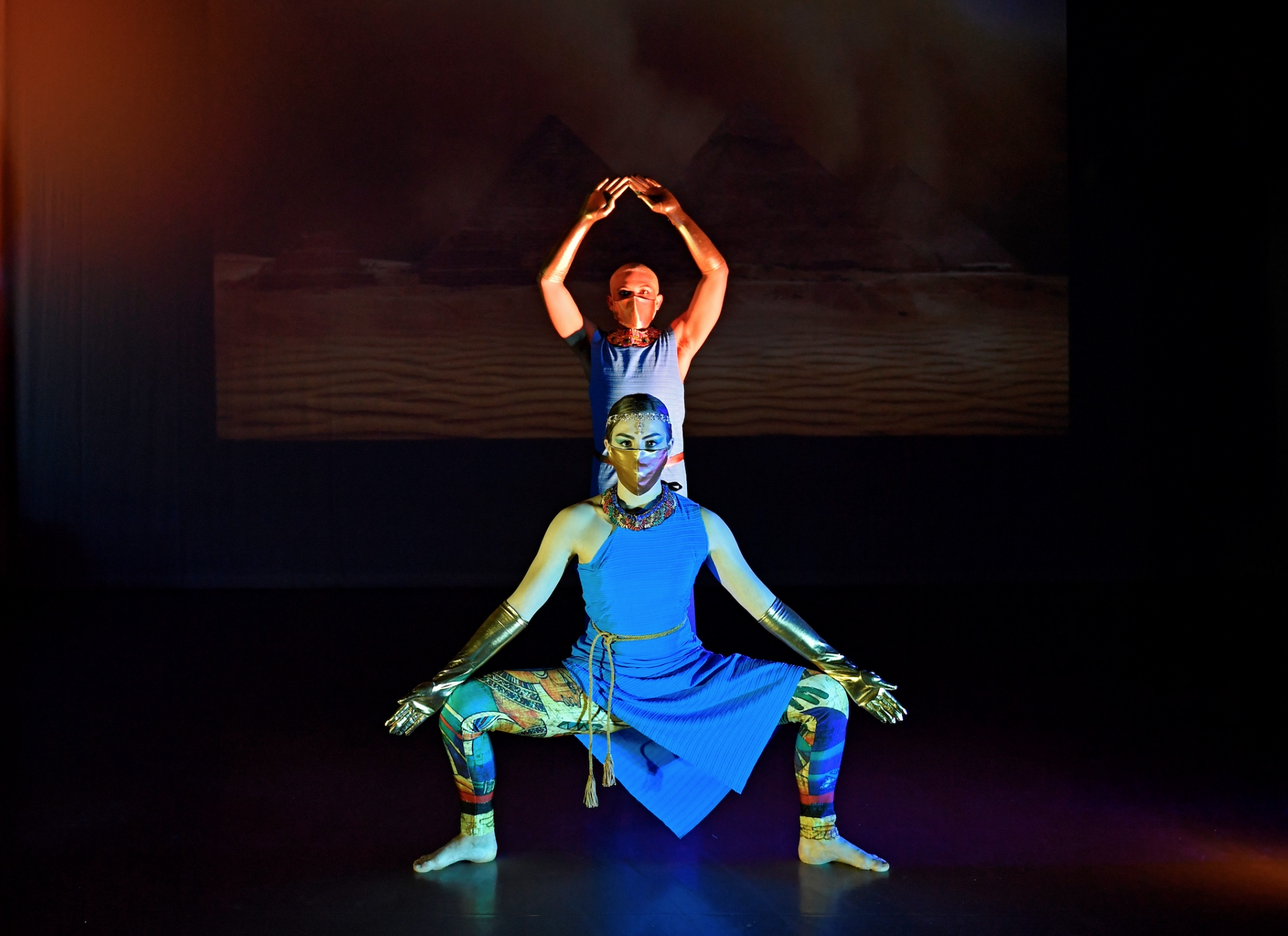 Delia Neil, professional choreographer and master teacher of ballet, has had a series of collaborations with the North Carolina Museum of Art, Raleigh, NC. Upcoming is a project in response to NCMA’s exhibition of the work of Art Nouveau visionary, Alphonse Mucha. Students will perform at NCMA, December 5, 2021.
Delia Neil, professional choreographer and master teacher of ballet, has had a series of collaborations with the North Carolina Museum of Art, Raleigh, NC. Upcoming is a project in response to NCMA’s exhibition of the work of Art Nouveau visionary, Alphonse Mucha. Students will perform at NCMA, December 5, 2021.
In April 2021, six UNC Charlotte dance students performed Neil’s, An Homage to Ancient Egypt, choreographed to accompany the museum’s exhibition, Golden Mummies of Egypt. In 2019, Neil took a group to Raleigh to perform her piece, Frida’s Faces, in conjunction with the NCMA’s exhibition of works by Frida Kahlo.
Neil is the coordinator of UNC Charlotte’s Professional Dance Training Certificate with Charlotte Ballet and a frequent presenter at CORPS de Ballet International conferences. She will also present at the upcoming Royal Academy of Dance conference, Mapping Dance and Dance Teaching: Past(s), Present, and Future(s).
Tamara Williams
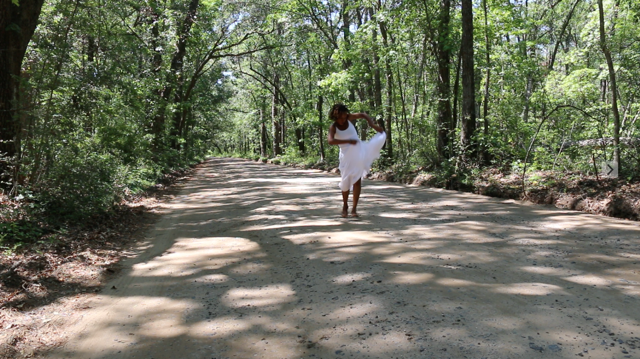 Tamara Williams’s research centers around the systematic investigation and analysis of spiritual dances of the African Diaspora. Her current work focuses on the history, movements/gestures/dances, songs, rhythms, context, environment and development of the African-based Ring Shout traditions created by the enslaved people in the Carolinas and Georgia. In an effort to preserve the original movement and gestures of the tradition, Williams is reconstructing the earliest recorded dances of the Ring Shout. She is creating a formulated dance technique that highlights authentic movements of Ring Shout stemming from the Yoruba, Angola and Akan cultures of West Africa. The movements brought to the United States by these West African cultures were infused together by the enslaved African Americans; a new culture of people. Through this process, Williams analyzes the similarities in the West African ancestral dances and compare them to the movements performed in the Ring Shout by African Americans of the seventeenth and eighteenth centuries. In 2017, Williams developed a course entitled, Reconstructing Ring Shout Traditions in which UNC Charlotte dance majors are able to learn Ring Shout movement vocabulary and its influence in American social and popular dances. Students also travel to Charleston, SC to study Ring Shout and Gullah culture and history.
Tamara Williams’s research centers around the systematic investigation and analysis of spiritual dances of the African Diaspora. Her current work focuses on the history, movements/gestures/dances, songs, rhythms, context, environment and development of the African-based Ring Shout traditions created by the enslaved people in the Carolinas and Georgia. In an effort to preserve the original movement and gestures of the tradition, Williams is reconstructing the earliest recorded dances of the Ring Shout. She is creating a formulated dance technique that highlights authentic movements of Ring Shout stemming from the Yoruba, Angola and Akan cultures of West Africa. The movements brought to the United States by these West African cultures were infused together by the enslaved African Americans; a new culture of people. Through this process, Williams analyzes the similarities in the West African ancestral dances and compare them to the movements performed in the Ring Shout by African Americans of the seventeenth and eighteenth centuries. In 2017, Williams developed a course entitled, Reconstructing Ring Shout Traditions in which UNC Charlotte dance majors are able to learn Ring Shout movement vocabulary and its influence in American social and popular dances. Students also travel to Charleston, SC to study Ring Shout and Gullah culture and history.

